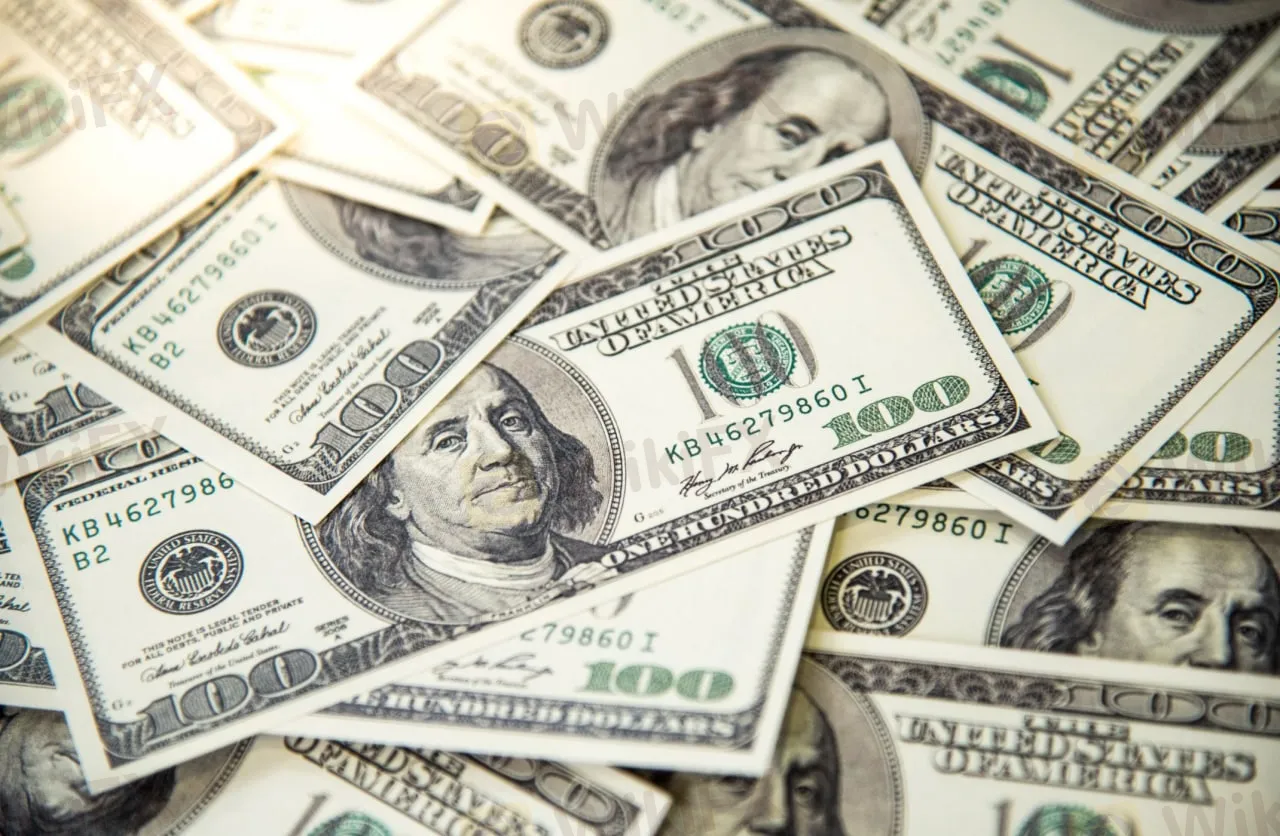简体中文
繁體中文
English
Pусский
日本語
ภาษาไทย
Tiếng Việt
Bahasa Indonesia
Español
हिन्दी
Filippiiniläinen
Français
Deutsch
Português
Türkçe
한국어
العربية
No peace at sight, financial turmoil continues
Abstract:Quite a busy day ended with the American Dollar trading mixed across the FX board. It managed to post gains vs its European rivals and the JPY but lower against commodity-linked currencies. The EUR/USD pair is back below the 1.1000 level, while GBP/USD is barely holding above 1.3100. The AUD/USD pair trades near a daily high of 0.7363, while the USD/CAD hovers around 1.2750.

The fourth round of peace talks between Russia and Ukraine ended abruptly and without an agreement on ceasefire or humanitarian corridors. International sanctions on Russia pile up, but Moscow shows no signs of giving up after fifteen days.
The European Central Bank announced its monetary policy decision. As widely anticipated, rates were left unchanged. However, Lagarde announced a twist in their Asset Purchase Program (APP) that is now set to end in the third quarter of this year. The APP will amount to 40 billion euros in April, 30 billion euros in May and 20 billion euros in June.
President Christine Lagarde noted that Moscows invasion of Ukraine is a watershed for Europe and is now a new downward risk, repeating they “will do everything within our mandate to pursue price stability.” The central bank downwardly revised its growth forecasts.
The US released the February Consumer Price Index, which printed at 7.9% YoY as expected, still its highest in 40 years. The headline put pressure on Wall Street, already weighed by geopolitical turmoil. US indexes remain in the red heading into the close but managed to trim half of their early losses.
The yield of the US 10-year Treasury note hit 2.02% and heads into the close at around 2.0%.
Gold finishes the day unchanged, trading a few bucks below the $2,000 threshold. Crude oil prices eased, with WTI now changing hands at around $106.20 a barrel. Oil decline was attributed to comments from Russian President Vladimir Putin, who said that Moscow would keep its energy-related commitments.
Disclaimer:
The views in this article only represent the author's personal views, and do not constitute investment advice on this platform. This platform does not guarantee the accuracy, completeness and timeliness of the information in the article, and will not be liable for any loss caused by the use of or reliance on the information in the article.
Read more

The Ultimate Guide to Automated Forex Trading in 2025
Modern markets are revolutionized by automated trading systems, which now execute 70-85% of all transactions. These advanced automated trading software solutions, commonly called trading robots or Expert Advisors (EAs), leverage algorithmic precision for automatic trading across forex, stocks, and commodities 24/7. By removing emotional interference and executing trades in microseconds, auto forex trading platforms create fair opportunities for all market participants. For those new to automated trading for beginners, these systems provide disciplined, backtested strategies while significantly reducing manual effort.

Will natural disasters have an impact on the forex market?
The forex market is known for its rapid responses to global events, but the influence of natural disasters, such as earthquakes and typhoons, can be less straightforward. While headlines may scream about catastrophic damage and economic disruption, the long-term effects on currency values often depend on a blend of immediate shock and underlying economic fundamentals.

Philippines Deports 29 Indonesians Linked to Online Scam Syndicate in Manila
Online scam groups in the Philippines trick Filipinos into gambling and love scams, from Manila to Bacolod, causing trafficking and pain as police fight back.

Why does your mood hinder you from getting the maximum return from an investment?
Investment decisions are rarely made in a vacuum. Aside from the objective data and market trends, our emotions—and our overall mood—play a crucial role in shaping our financial outcomes. Whether you’re feeling overconfident after a win or anxious after a loss, these emotional states can skew your decision-making process, ultimately affecting your investment returns.
WikiFX Broker
Latest News
How Crypto Trading Transforms FX and CFD Brokerage Industry
UK would not hesitate to retaliate against US tariffs - No 10 sources
FCA Warns Against 10 Unlicensed or Clone Firms
CySEC Warns Against 14 Unlicensed Investment Websites
Top Currency Pairs to Watch for Profit This Week - March 31, 2025
Will natural disasters have an impact on the forex market?
Philippines Deports 29 Indonesians Linked to Online Scam Syndicate in Manila
Navigating the Intersection of Forex Markets, AI Technology, and Fintech
Exposed: Deceptive World of Fake Trading Gurus – Don’t Get Fooled!
AI-Powered Strategies to Improve Profits in Forex Trading
Currency Calculator







